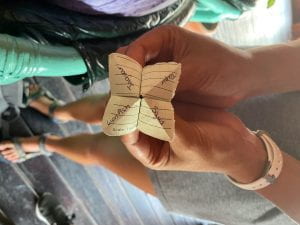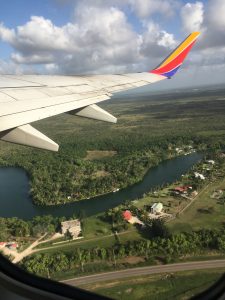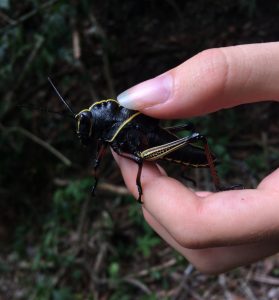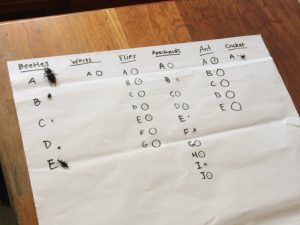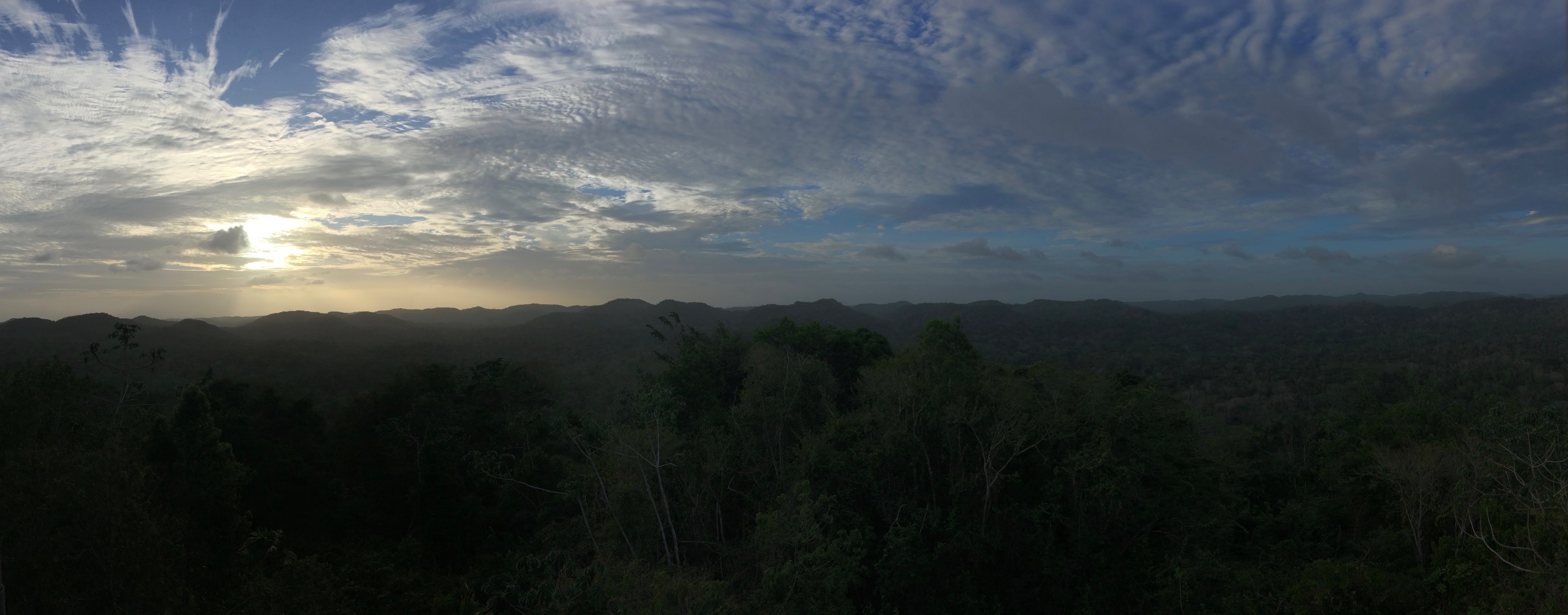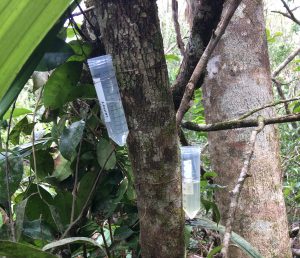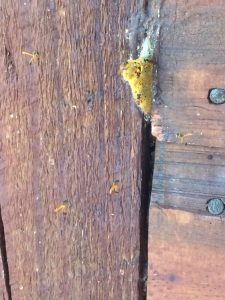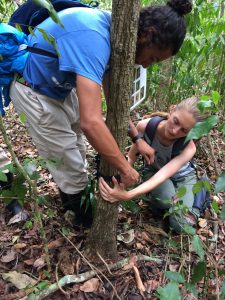Hi everyone!
Today has been a super long day! We woke up at our normal time (7 am breakfast) and ever since then we did not stop. After eating breakfast we all hurried to the boat, which we rode to Belize City. It took about 4 hours. Although it was a long ride, I can’t complain, the views were gorgeous! Also, thankfully most of us took Dramamine to avoid any chance of seasickness and it appears to have worked, as no one experienced nausea this time around! In fact, most of our crew was able to sleep throughout most of the ride!
After getting back to Belize City we ate at Calypso, a restaurant near where we were dropped off. The food was quite good, I got the pasta primavera! One interesting thing about the pasta was that it had a lot of pickles, something I hadn’t seen before in a pasta primavera; typically I’m not a fan of pickles, yet I think it made the pasta more flavorful!
Also, I thought for the remainder of this trip I would no longer see mention of my aquatic taxa, piscivorous fish, yet it seems like mentions of the lion fish continue haunting me.
After eating at calypso we quickly headed out to get to the Tropical Education Center, where we are spending the night. Yet, before getting to the TEC we made a stop a local store to get supplies for our time in the rainforest! Personally, the only thing I needed was bug spray, yet how could I say no to cookies, so I got some of those as well!
After our stop we then made it to the TEC where Dr. Aravalo talked to us about the Scarlet Macaw. The manner in which he presented his data made me very emotional for some reason. I was hoping to ask more questions, yet today we were on a roll and we could not prolong our Q&A for too long. After our talk with Dr. Aravalo we got dinner, out of which my favorite was the cake! After dinner we headed straight to the Zoo, which was a quick drive from the TEC. At the Zoo we got to see many of the nocturnal animals in the exhibit including the Jaguar and the Tapir and even a four-eyed possum (which was not a part of the exhibit).
I almost forgot to mention that earlier in the day, when we arrived at the TEC I saw really beautiful flowering plants, yet no bees nearby to indicate bee pollination.
At night while writing my blog I was a little sad I had not gotten to see bees today, yet things often occur when you least expect it! Tonight while showering I actually got to see my taxa. It wasn’t near any plants it was hovering over the light of my shower stall! Although it was too far up to get a good look I believe it was a Concave Nose Striped Sweat Bee.


